Question: Why should I put my bank and other accounts under my living trust?
Why should I re-name my bank accounts so that it is under my trust? Can’t I just name my kids as contingent beneficiaries (or set up a “pay-on-death” account) and that basically does what the trust would do anyway?
———————————————————————————
This is a common question I receive from my clients who have recently signed their estate planning documents and are now looking to fund (i.e., put their assets into) their trust. (Even homes with current mortgages)
The client goes to the bank and sees there is an option to put a contingent beneficiary, or, they may learn about “pay-on-death” accounts. While these transfer mechanisms help such assets bypass probate (one of the key goals for estate planning), it doesn’t work out for everyone. Without careful consideration, this simplified process may frustrate the purpose of some estate plans.
When thinking about your estate plan always keep this in mind: your estate planning documents are designed to help you now, as well as into the future, taking into account possible life events that may occur and placing legal structure and guidance on how your estate should be managed in such cases.
Example: the client is a married couple with two minor children. The client sets up an estate plan consisting of a revocable trust, nomination of guardians for minor children, and other legal documents to manage their affairs. The clients can name their two kids as contingent beneficiaries on their bank account and this may seem simpler than re-titling their bank account to the trust. But this can cause problems in the future.
If something happens to the clients and there is a backup trustee or a guardian for the children who needs to step in to help the family and they need access to the bank account, how will they get it? A court may have to get involved. If the account was placed under the trust, it would be a relatively simpler matter of the backup trustees identifying themselves to the bank employees and showing that they are in fact authorized to access the account.
This is just one of many examples of how using a trust could help in avoiding such headaches in the future.
Many steps we take in estate planning are done to prevent potential problems in the future. In fact, many aspects of your estate plan may turn out to not have any real-life benefit at all, ever, and that is a good thing (i.e., we don’t want the power of attorney to come into use because that means something bad happened to the clients).
It’s like insurance. You take the time, hassle, and money to set it up and maintain your insurance policies for the peace of mind it gives you, while hoping you never actually have to use it. Do the same with your estate planning documents: hope that you never have to use most of them but be sure to set it up correctly as to minimize headaches for your loved ones in the future.
